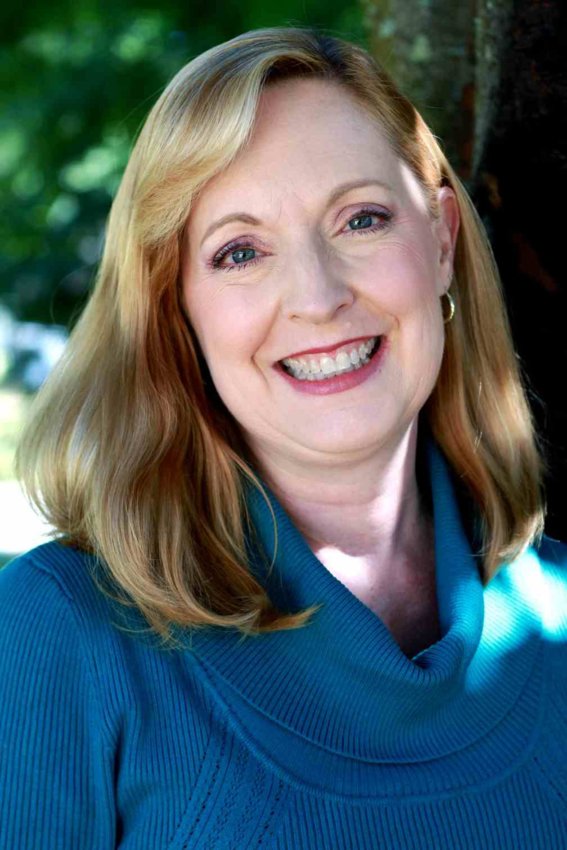
International Day of Democracy is celebrated worldwide on Sept. 15 each year. The UN General Assembly passed a resolution in 2007 to establish Sept. 15 as a day to encourage governments to “strengthen and consolidate” democracy. This year, the celebration seems more poignant, given the recent events in Colorado and the industry outpouring following the search and seizure of materials and devices at the Marion County Record.
The U.S. Constitution emphasizes a free and unfettered press because of its importance to the strength and solidity of our democracy. It’s only a democracy if everyone can participate, and the press still doesn’t serve many marginalized segments of our society. And that, in itself, threatens our democracy.
One of the parts of our society that is often not served by our media is the disabled — or differently-abled — population. Many people with disabilities have been invisible to our industry — whether because of a lack of resources, a lack of knowledge or both. For that reason, I believe our cover story about accessibility is vital to illuminate a fundamental issue for our news and newsrooms.
In the spirit of full disclosure, Mike and I are parents to an amazing daughter with autism spectrum disorder (ASD). Her journey has not always been easy, but seeing her find her own way and place in our society has been fantastic. (And, yes, I’m divulging this information with Haven’s knowledge and agreement.)
For that reason, this subject is such a hot button for me. Not all disabilities are visible, and the part of our population that isn't served if we don't make our news and newsrooms accessible is much more significant than you would imagine. Fortunately, more newsrooms are waking up to the importance of accessibility and even hiring reporters, editors and engineers to head up their accessibility efforts.
For smaller organizations, the Woolwich Observer in Elmira, Ontario, Canada, proves that you don’t have to be a national brand with bottomless resources to address accessibility for your readers. With a click, you can enter their “epilepsy safe mode,” “visually impaired mode,” “cognitive disability mode,” “ADHD friendly mode” or “blindness mode,” among others. It’s inspiring to know that a news publication located in a town with a population of under 12,000 addresses accessibility for their readers in such a complete way.
Hopefully, our cover story will inspire you and your organization to take steps toward making the news more accessible for your readers and your newsroom more accessible overall. I’d also love to hear your inspiring stories about accessibility efforts in your organization. After all, it really is only a democracy if everyone has the opportunity to participate.
 Robin Blinder is E&P's editor-in-chief. She has been with E&P for three years. She can be reached at robin@editorandpublisher.com.
Robin Blinder is E&P's editor-in-chief. She has been with E&P for three years. She can be reached at robin@editorandpublisher.com.
Comments
No comments on this item Please log in to comment by clicking here